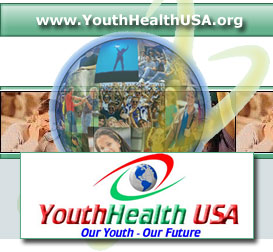15th October, 1999
Therapeutic Story Telling Intervention was first brought to my attention when I met Ron Phillips in 1996. So simple, so complex, so powerful yet so light, so developmentally logical, yet so absurd. So right for our work. TSI became rapidly integrated into our treatments and soon became the intervention that was able to reach the largest number of young people in distress.
Ron knew that TSI was effective for most populations, but was eager to introduce it to the Child Adolescent Mental Health Services of South Auckland Health in New Zealand. Ron was aware of our struggles to develop innovative ways to reach the multi-cultural, under-resourced population of over 100,00 young people. He also knew of our struggles to develop services for a population with one of the highest rates of youth suicide in the developed world, with its complexity of contextual problems. These mental health and community problems were far from being adequately accessed by the present mental health services.
At the time, we had a very small staff, and were essentially the only service that would accept urgent/crisis referrals for treatment. Our primary modalities of treatment involved psychiatric assessment and crisis management, along with intensive structural/systemic family therapies. We just couldn't keep up with our referrals and were unable to provide consistent treatment for the at risk population.
TSI made a huge impact. The ease with which the trance-like technique engaged resistant young people in the developmentally appropriate group setting was dramatic. Changes in young, withdrawn, at risk young people were rapid. As TSI quickly engaged the adolescent into a safe and hopeful therapeutic vehicle, we were able to progress much more rapidly with family therapy. Perhaps more significantly, TSI group therapy, with remarkable attendance rates, enabled us to treat many more young people at any given time.
The results are spectacular. Young people are getting back on track. Preliminary outcome data, not yet published, shows quite dramatic improvements in several areas of functioning. TSI has become a staple in our treatment of young people in South Auckland. TSI is an essential component of our work, which we continue to present to international audiences. TSI should be included in any mental health clinic able to work with adolescents in a group setting.
Michael Rimm MD, FRANZCP
|

